It cost $12,127 on average to attend a public university for the 2005-06 school year, according to the College Board. For private schools, the figure, which includes tuition, books, fees, room and board, averaged $29,026. Over the past 16 years, college tuition has grown nearly twice as fast as inflation. It's not a pretty picture.
But students and their hard-pressed parents have a friend in SLM Corp. Commonly known as Sallie Mae, the Reston, Va., company manages about a $123 billion in student loans for more than 9 million borrowers. Higher borrowing limits on some types of federally guaranteed student loans and an emerging business of private-loan consolidation mean that Sallie Mae should be able to achieve earnings growth of at least 15% a year for the foreseeable future, says Matt Snowling, an analyst with investment bank Friedman Billings Ramsey.
Congress changed rules on student loans in February. The most significant opportunity for Sallie Mae, Snowling says, arises from a change to allow graduate students to borrow under the PLUS program. With PLUS loans, grad students can borrow the full cost of their education. Moreover, the loans don't need a parent to co-sign and they offer interest rates that are more attractive than those available from most private loans, he says. The market for such loans could be nearly $5 billion, and Sallie Mae is the lender best positioned to take advantage of the trend, Snowling says.
From just $107.88 $24.99 for Kiplinger Personal Finance
Become a smarter, better informed investor. Subscribe from just $107.88 $24.99, plus get up to 4 Special Issues

Sign up for Kiplinger’s Free Newsletters
Profit and prosper with the best of expert advice on investing, taxes, retirement, personal finance and more - straight to your e-mail.
Profit and prosper with the best of expert advice - straight to your e-mail.
With interest rates rising, more borrowers want to consolidate their variable-rate loans to fixed-rate debt. Sallie Mae has seen the number of consolidated student loans grow from 39% of its federally guaranteed loan portfolio to 62% in the past three years, says Snowling. As part of its growth strategy, Sallie aims to offer consolidation loans to the private market. For these loans, the company targets borrowers who have federally guaranteed loans from multiple schools. This strategy, Snowling says, will lead to robust growth of private loans. He estimates that 30% of students graduate from a different school than the one from which they started.
Sallie Mae started the year off with an earnings drop. In the first quarter, the company reported net income of $152 million, or 34 cents a share, compared with $223 million, or 49 cents a share, in the first quarter of 2005. Sallie Mae said the decline was because of losses in hedging activities. Despite the setback, Snowling upgraded Sallie Mae shares (symbol SLM) to outperform.
The stock has steadily climbed from its 2000 split-adjusted low of $9 to $54 at Tuesday's close. It trades at 19 times the $2.84 per share that analysts expect the company to earn this year, according to Thomson First Call. Citing Sallie Mae's expected 15% earnings growth and its stable collection of student loans, Snowling raised his target price by $5, to $65 a share.
--Thomas M. Anderson
Profit and prosper with the best of Kiplinger's advice on investing, taxes, retirement, personal finance and much more. Delivered daily. Enter your email in the box and click Sign Me Up.
-
 7 Ways to Save Money on Almost Everything
7 Ways to Save Money on Almost EverythingHigh prices got you down? These strategies can help you reap deep discounts on everyday spending.
-
 My Top 10 Stock Picks for 2026
My Top 10 Stock Picks for 2026Each year, we ask an expert to pick 10 stocks that have the potential to beat the market over the next 12 months. Here are his choices for 2026.
-
 Special Report: The Future of American Politics
Special Report: The Future of American PoliticsThe Kiplinger Letter The Political Trends and Challenges that Will Define the Next Decade
-
 If You'd Put $1,000 Into Coca-Cola Stock 20 Years Ago, Here's What You'd Have Today
If You'd Put $1,000 Into Coca-Cola Stock 20 Years Ago, Here's What You'd Have TodayEven with its reliable dividend growth and generous stock buybacks, Coca-Cola has underperformed the broad market in the long term.
-
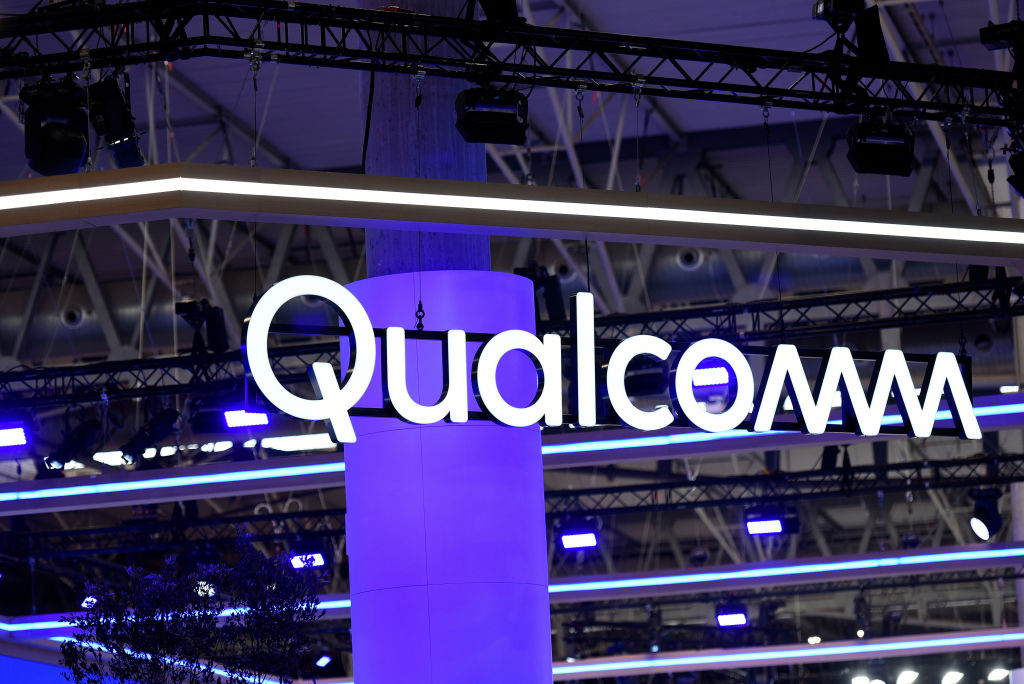 If You Put $1,000 into Qualcomm Stock 20 Years Ago, Here's What You Would Have Today
If You Put $1,000 into Qualcomm Stock 20 Years Ago, Here's What You Would Have TodayQualcomm stock has been a big disappointment for truly long-term investors.
-
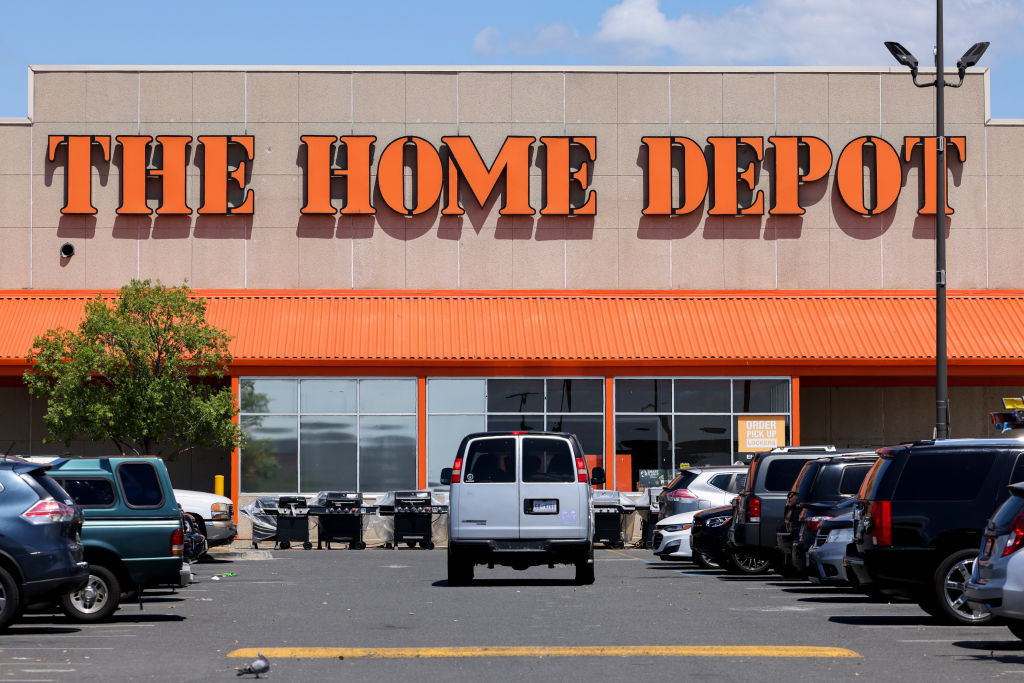 If You'd Put $1,000 Into Home Depot Stock 20 Years Ago, Here's What You'd Have Today
If You'd Put $1,000 Into Home Depot Stock 20 Years Ago, Here's What You'd Have TodayHome Depot stock has been a buy-and-hold banger for truly long-term investors.
-
 What the Rich Know About Investing That You Don't
What the Rich Know About Investing That You Don'tPeople like Warren Buffett become people like Warren Buffett by following basic rules and being disciplined. Here's how to accumulate real wealth.
-
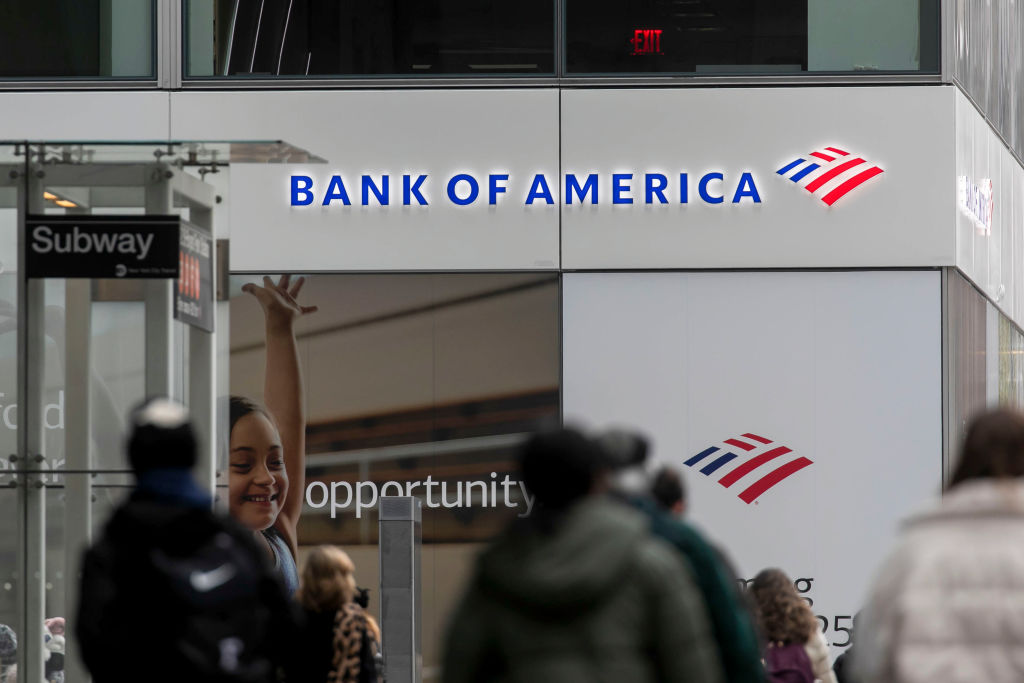 If You'd Put $1,000 Into Bank of America Stock 20 Years Ago, Here's What You'd Have Today
If You'd Put $1,000 Into Bank of America Stock 20 Years Ago, Here's What You'd Have TodayBank of America stock has been a massive buy-and-hold bust.
-

 If You'd Put $1,000 Into Oracle Stock 20 Years Ago, Here's What You'd Have Today
If You'd Put $1,000 Into Oracle Stock 20 Years Ago, Here's What You'd Have TodayORCL Oracle stock has been an outstanding buy-and-hold bet for decades.
-
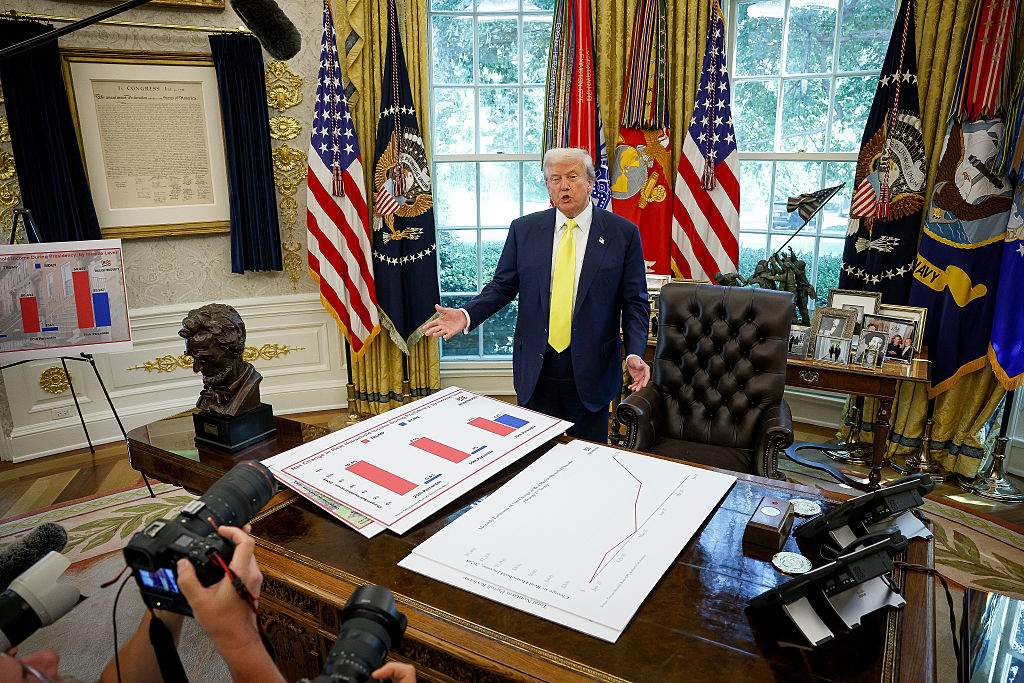 How to Invest for Rising Data Integrity Risk
How to Invest for Rising Data Integrity RiskAmid a broad assault on venerable institutions, President Trump has targeted agencies responsible for data critical to markets. How should investors respond?
-
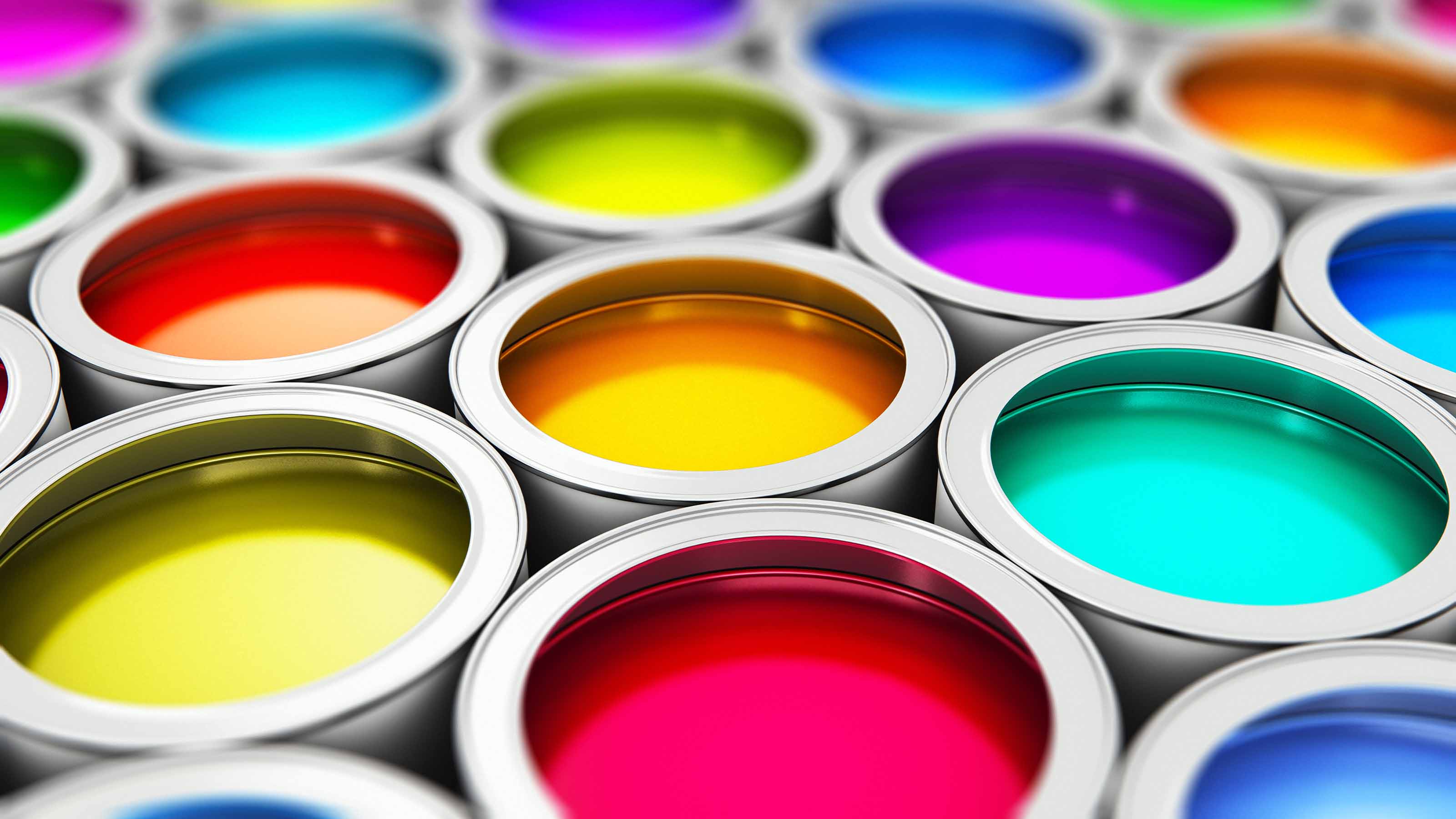 If You'd Put $1,000 Into Sherwin-Williams Stock 20 Years Ago, Here's What You'd Have Today
If You'd Put $1,000 Into Sherwin-Williams Stock 20 Years Ago, Here's What You'd Have TodaySherwin-Williams stock has clobbered the broader market by a wide margin for a long time.